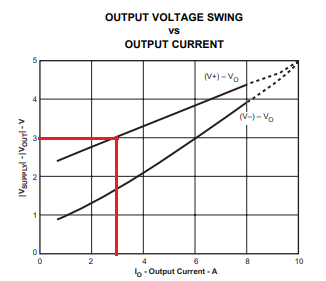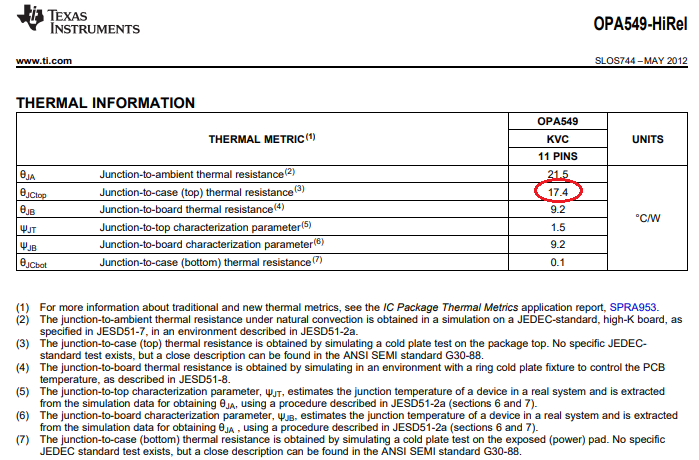Other Parts Discussed in Thread: OPA549
Dear TI Team,
Greetings!
I wish to use OPA549-Hirel (datasheet here, opa549-hirel.pdf in an application to drive the resistive load sinusoidally at 50 kHz (kilohertz) rated 8 Watts at around 4.25 Vrms (Load 8W,4.25 VRMS, 50kHz) with a dual power supply of +/- 6 VDC for OPA549-Hirel configured in Non-Inverting Amplifier mode. I am planning to select this OPA549-Hirel as it is stated that the internal power dissipation can be minimized using minimum possible supply voltage to maintain the required output voltage swing. I request you to give me a straight forward formula with explanatory notes such that I can calculate internal power dissipation for AC loads for OPA549-Hirel. Thanks and Regards, Ajay Chole





